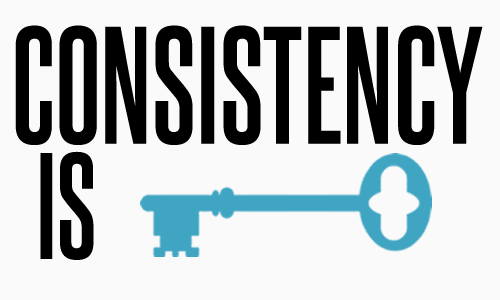
Consistency pays off. Ask any bar and nightclub owner how they retain guests and the majority will say “by being consistent.” While generating new customers is important, it’s the loyal customers that drive steady business, and they expect “consistent service as well as consistent performance,” says Joan Simon, founder/principal of Full Plate Restaurant Consulting.
Simon doesn’t discourage change. It’s important for owners to evolve with the times and their product, she says. In fact, Simon encourages her clients to visually refresh their product every five to seven years to keep customers interested. Establishments shouldn’t look tired, and owners should promote those changes on websites, newsletters, through the media and via social media. That way “it looks like you’re not taking people for granted,” she says.
And yet, the most important piece of advice Simon gives her clients who want to make sure their regulars are regularly stopping is to track what’s selling and talk to customers about why those products are selling. This is the first step in creating a long-term strategy.
While owners may observe what people are ordering on a daily basis and watch for trends, it’s the point-of-sale system that really sets the narrative because it delivers specific information about products.
Watching for trends is fine, but the statistics from the POS are more accurate about what’s truly popular. “There’s so much data available to owners, and they don’t take advantage of it,” Simon says.
While understanding what guests want is the first step to being consistent, the second is having a mobile friendly website, especially with younger demographics who rely on their devices to get access to websites. More and more people are accessing websites through mobile and tablet devices, Simon says.
In addition, Simon advocates for the use of e-newsletters as a way to reach a loyal clientele. Although social media has a place to reach out to fans, it’s e-newsletters that regulars like to see. Simon says to find a way to collect email addresses and send out an e-newsletter once a month, which should be enticing by offering photos, recipes from mixologists or chefs and, most importantly, a calendar of upcoming events.
“People may read social media, but people act on things that happen in the newsletter,” she says.
If owners can know what regulars like and want loyal customers will keep coming back and want to come back. But it’s not without challenges.
Simon says that marketing strategy is an obstacle for many owners. General marketing through websites, target marketing through print and digital, as well as in-house marketing can elevate a business, keeping it on everyone’s radar.
“The problem is that all of that takes time,” she says. It takes time to interact with guests on social media, it takes time to keep websites current, and it takes time to deal with vendors coming in trying to sell various products.
“If you don’t have time to do it yourself, find one of your staff … to come in once or twice a week for an extra two to three hours and have them handle it for you,” Simon suggests. “It will be worth it in the long run.”
